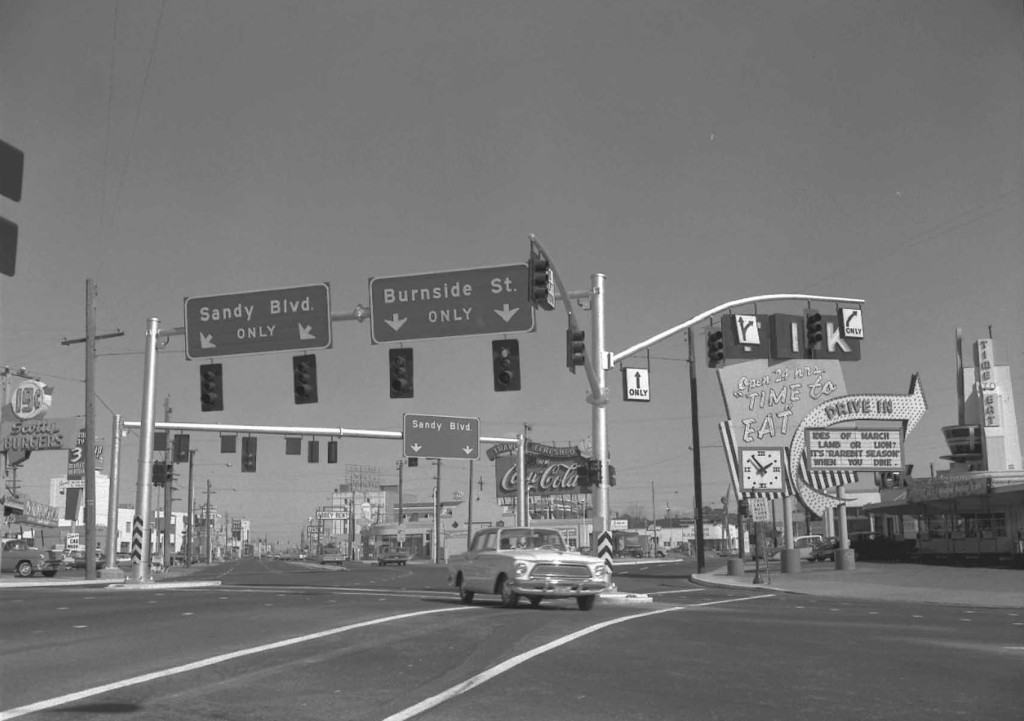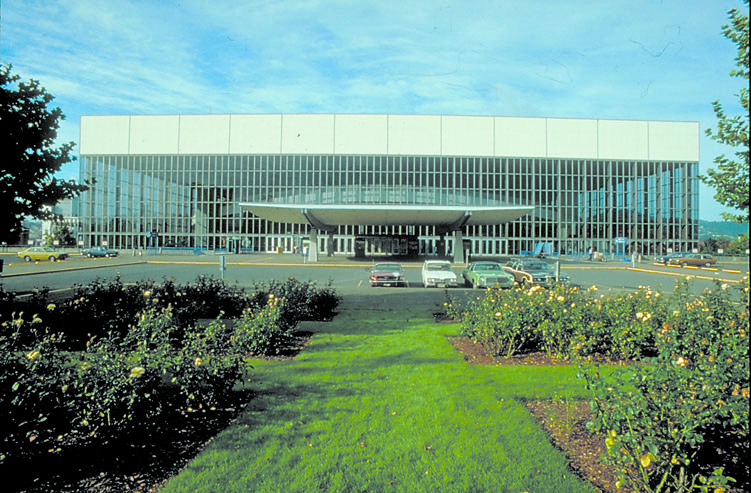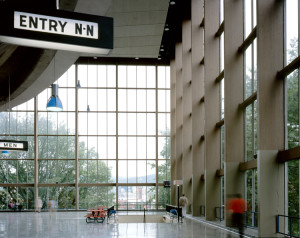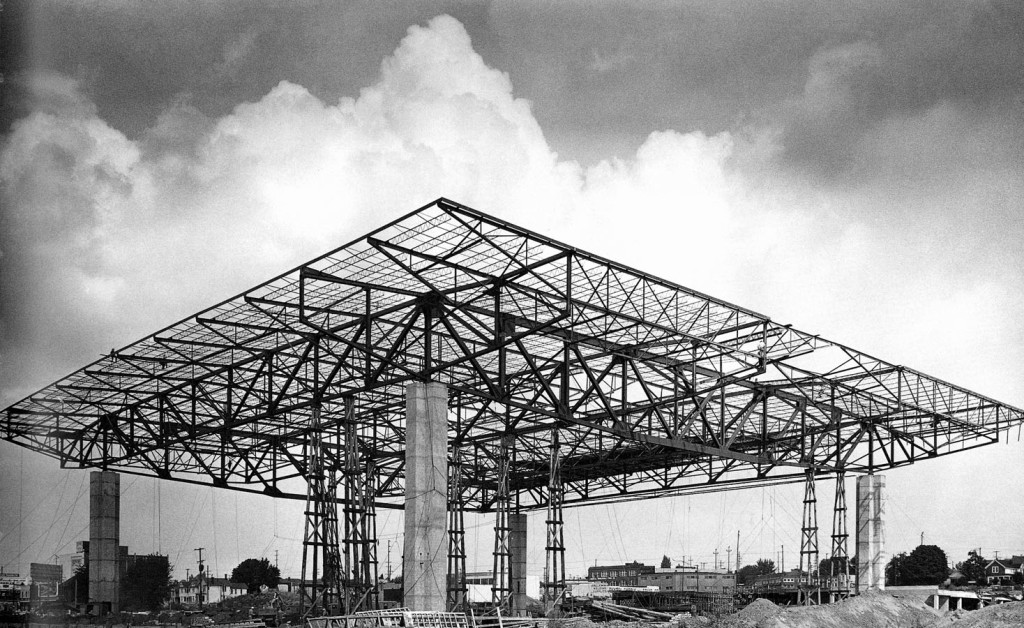St. Louis, MO is home to several architectural gems from the mid-century modern era. The city recently conducted a property survey of over 2,000 non-residential buildings constructed between 1945 and 1970. The Cultural Resource Office of St. Louis is highlighting a selective survey & inventory of 200 significant properties with input from PMA and the public to help develope a master list of 25 of the most significant mid-century modern masterpieces. Surveying these architecturally significant structures gives a voice to a past era that still directly influences today. St. Louis’s built heritage from the mid-century modern era showcases structures from internationally recognized architects that revolutionized architecture and design throughout the 20th century.
A Legacy of Modern Architectural Design
The post-World War II era in the United States led to the development of the Modern Movement Architecture across urban areas. Contributing factors of this development included the impact of the auto industry on the built environment, a more cost-conscious public and government, and several technological advances. In addition to these factors, St. Louis was home to the prestigious school of architecture at Washington University. The school had diverse and international students and teachers that contributed to some of the most prolific designs of modern architecture.
When discussing St. Louis mid-century modern architectural design three architects stand out: W.A. Sarmiento, Gyo Obata, and Minoru Yamasaki. Their designs were sleek, yet whimsical, and made St. Louis globally recognized for its modern architectural designs.
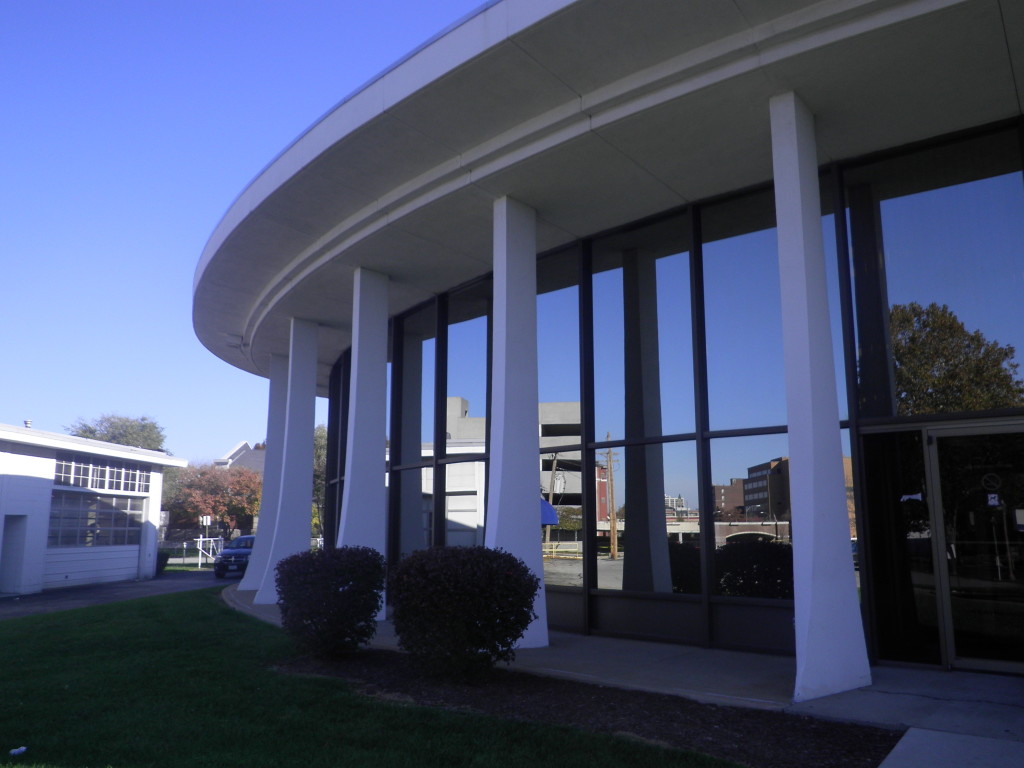
W.A. Sarmiento design
W.A. Sarmiento is an internationally regarded architect who designed some of the most prolific buildings in the city of St. Louis. A native of Peru, Sarmiento began as a draftsman for Oscar Niemeyer. In 1952 he accepted a position with the Bank Building & Equipment Corporation. From 1952 through 1964, Sarmiento revolutionized the design and function of banking facilities. Ten years after working for the Bank Building & Equipment Corporation, Sarmiento left after J.B. Gander’s death and formed his own company. W.A. Sarmiento Architects expanded to included offices in St. Louis, Phoenix, and San Francisco. Sarmiento closed his practice in 1978 and left behind a legacy of modern architectural design including the saved American Automobile Association (AAA) Building (1976), the Chancery of the Archdiocese of St. Louis (1962), and the Jefferson Bank and Trust Building (1955).
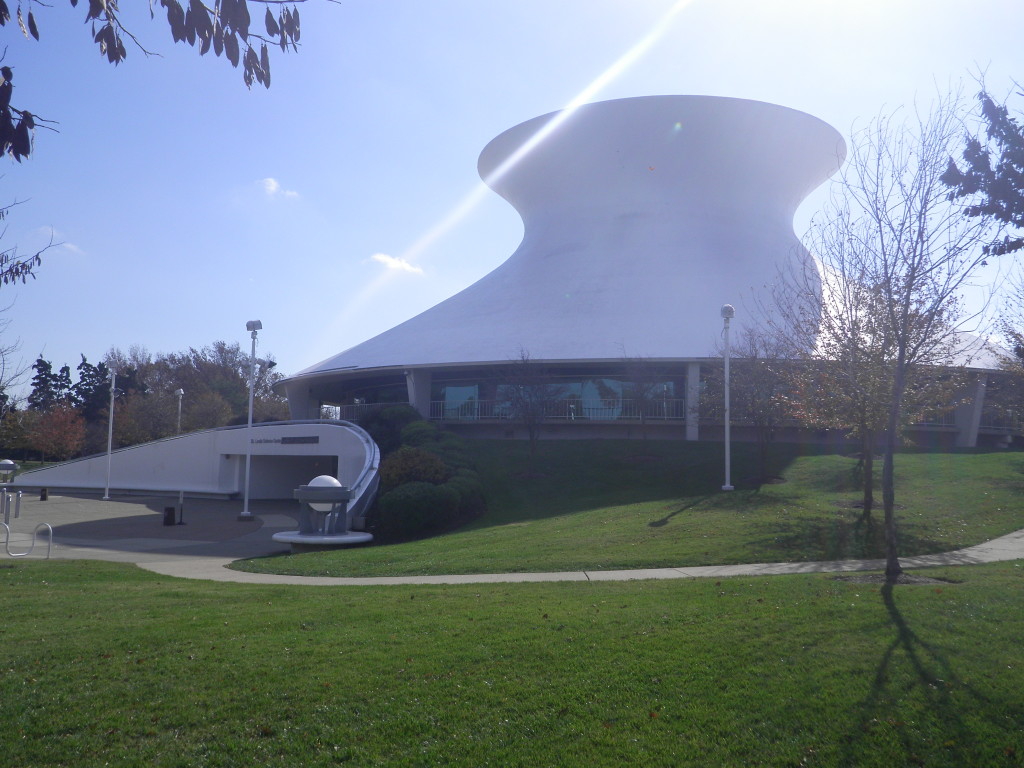
St. Louis Science Center James S. McDonnell Planetarium (1963
The St. Louis Science Center James S. McDonnell Planetarium (1963), was designed by the local firm of Hellmuth, Obata, & Kassabaum (HOK), with Obata as lead designer. HOK was founded in 1955, and to this day is a global leader in architectural design. The practice began by designing schools in suburbs of St. Louis, and by the 1960s it a grown and began to open offices nationally, with their first international branch opening in 1984. Obata was the lead designer of the Saint Louis Science Center along with other notable St. Louis buildings. The building has a visually striking and expressive shape, somewhat reminiscent of a nuclear power plant tower. It is a thin concrete shell structure, hyperboloid in section. This architectural design is a premiere example of continuous contemporary design.
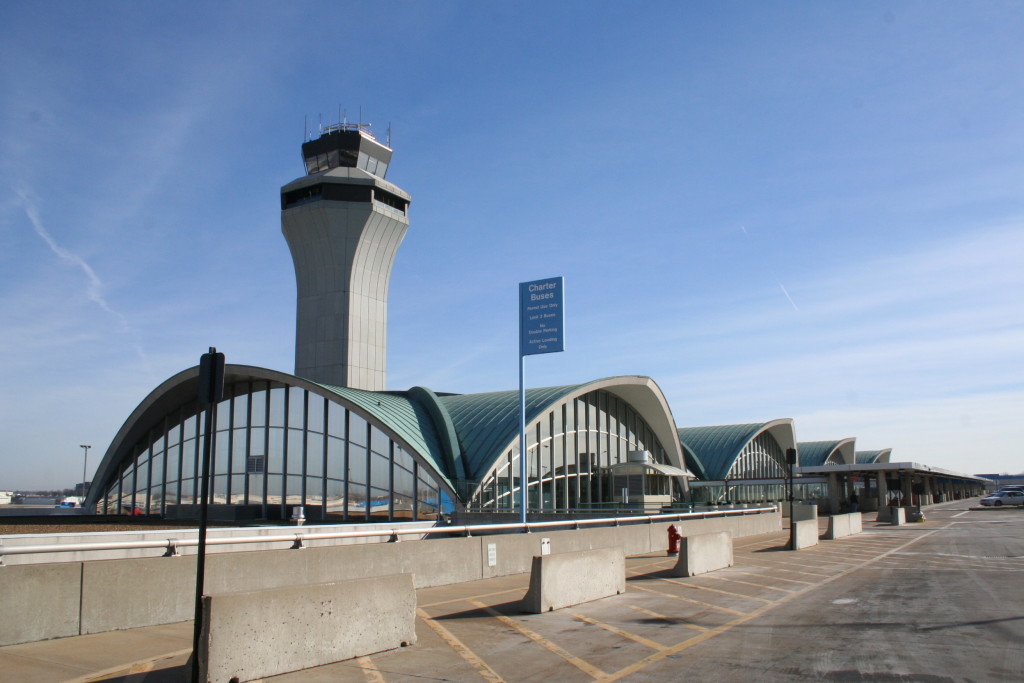
Lambert International Airport
Minoru Yamasaki’s domed design for Lambert’s main terminal became the forerunner of modern terminal building plans. In 1951, the firm of Hellmuth, Yamasaki, and Leinweber was commissioned to design and update the Lambert- St. Louis Municipal Airport. In 1956, their design was the first building in St. Louis to receive a National AIA Honor award. This building was originally composed of three vaults, with a forth added in 1965. Yamasaki’s design became a model for a new generation of airport terminals. Eero Saarinen’s designs for the TWA terminal at John F. Kennedy Airport in New York, and the Dulles Washington Airport terminal both echo the repetitive concrete vaults of Lambert St. Louis Municipal Airport.
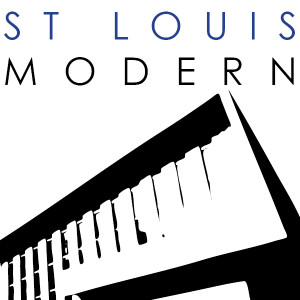 For more information about this exciting project, including a list of buildings for intensive research, mid-century modern properties, city map with property locations, and property descriptions. Visit: Mid-Century Modern Survey
For more information about this exciting project, including a list of buildings for intensive research, mid-century modern properties, city map with property locations, and property descriptions. Visit: Mid-Century Modern Survey
Written by Kate Kearney, Marketing Coordinator

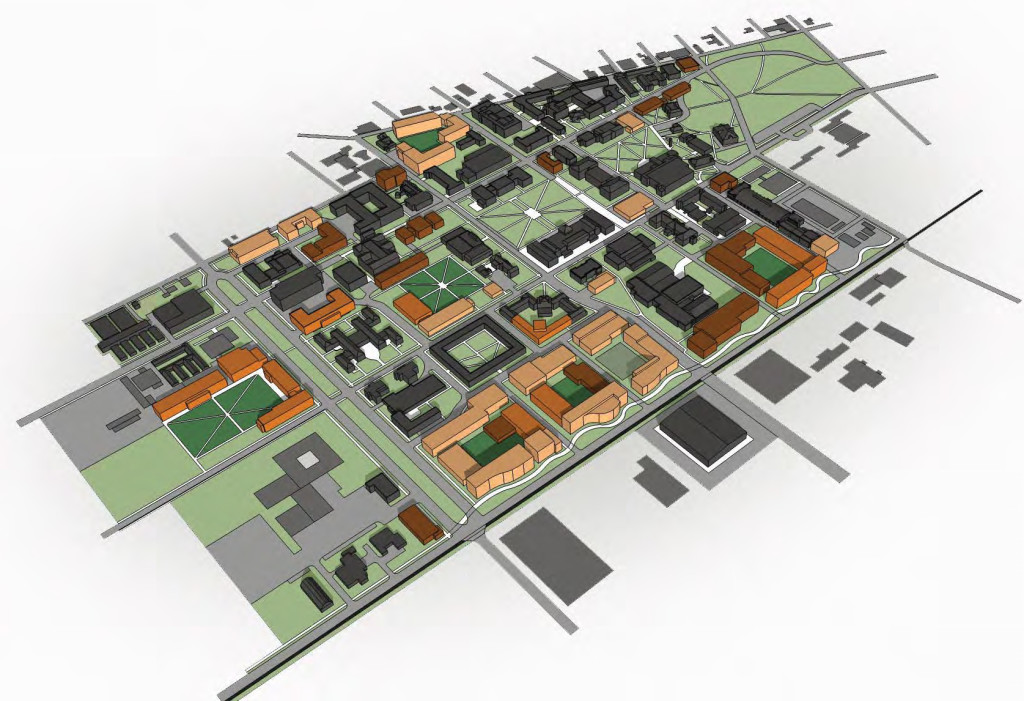
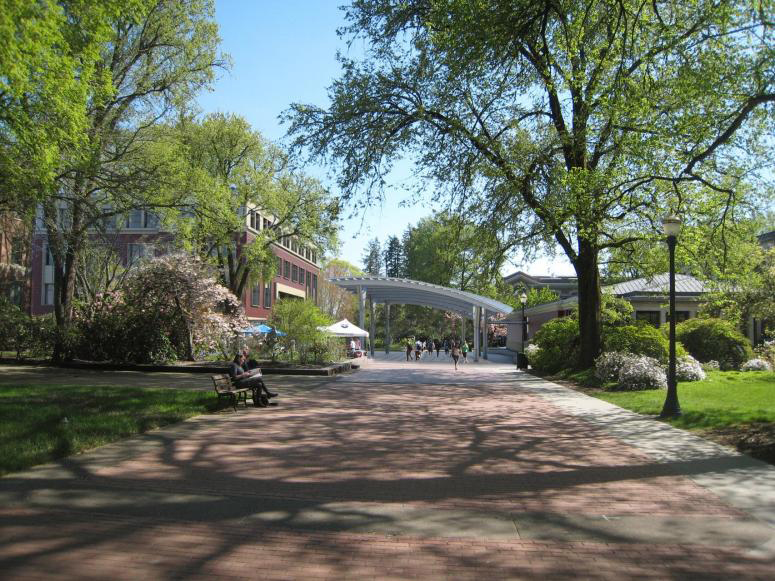

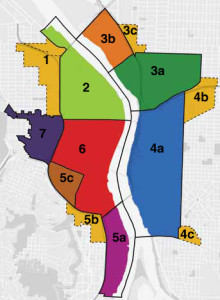 Many of Portland’s iconic landmark buildings are modern era resources, such as the Veterans Memorial Coliseum, Lloyd Center Mall, U.S. Bancorp tower, and the Portland Building. The survey intentionally excludes these well-known properties in order to highlight broader architectural patterns and identify some of the less prominent buildings that may be considered historically significant in the future.
Many of Portland’s iconic landmark buildings are modern era resources, such as the Veterans Memorial Coliseum, Lloyd Center Mall, U.S. Bancorp tower, and the Portland Building. The survey intentionally excludes these well-known properties in order to highlight broader architectural patterns and identify some of the less prominent buildings that may be considered historically significant in the future.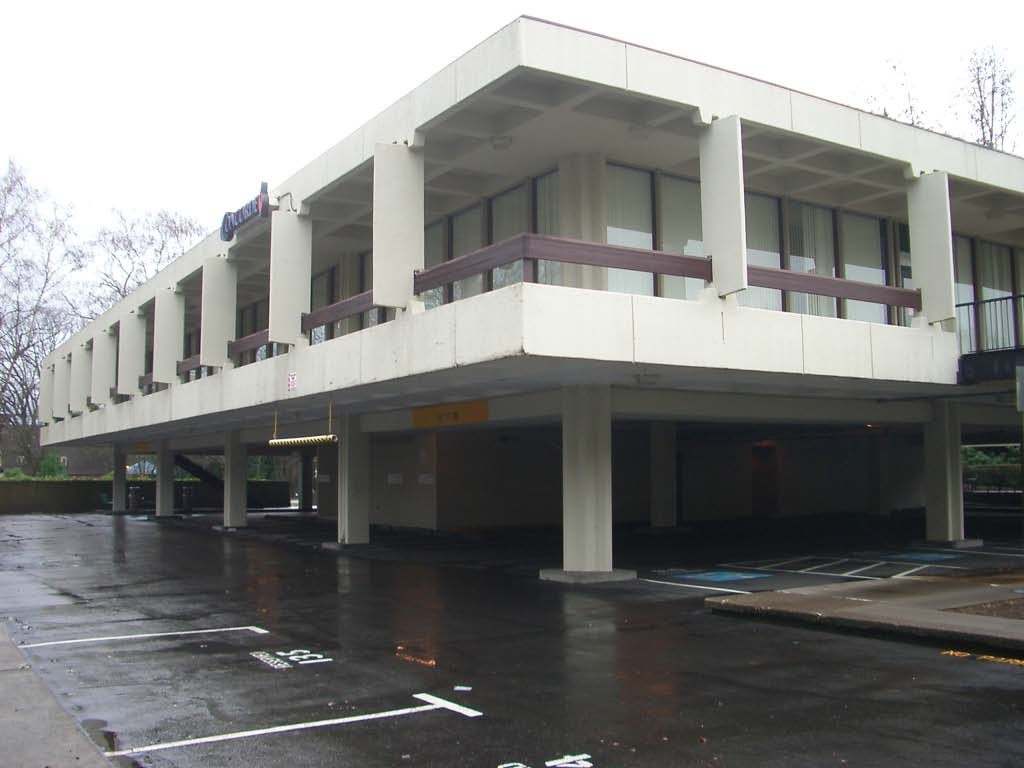 Of approximately 976 modern period resources within the Central City’s seven geographic clusters, PMA selected 152 properties for reconnaissance level survey. Representation of geographic clusters, resource typologies, and potential eligibility were considered when selecting properties to survey. In a selective survey, most properties should be considered potentially eligible for historic designation. Online maps, tax assessor information, and Google Earth were used to inform the selection process. Fieldwork involved taking photographs of each property, recording the resource type, cladding materials, style, height, plan type, and auxiliary resources, and then making a preliminary determination of National Register eligibility based on age, integrity, and historic character-defining features. A final report outlines the project and findings, and survey data was added to the Oregon Historic Sites database.
Of approximately 976 modern period resources within the Central City’s seven geographic clusters, PMA selected 152 properties for reconnaissance level survey. Representation of geographic clusters, resource typologies, and potential eligibility were considered when selecting properties to survey. In a selective survey, most properties should be considered potentially eligible for historic designation. Online maps, tax assessor information, and Google Earth were used to inform the selection process. Fieldwork involved taking photographs of each property, recording the resource type, cladding materials, style, height, plan type, and auxiliary resources, and then making a preliminary determination of National Register eligibility based on age, integrity, and historic character-defining features. A final report outlines the project and findings, and survey data was added to the Oregon Historic Sites database.